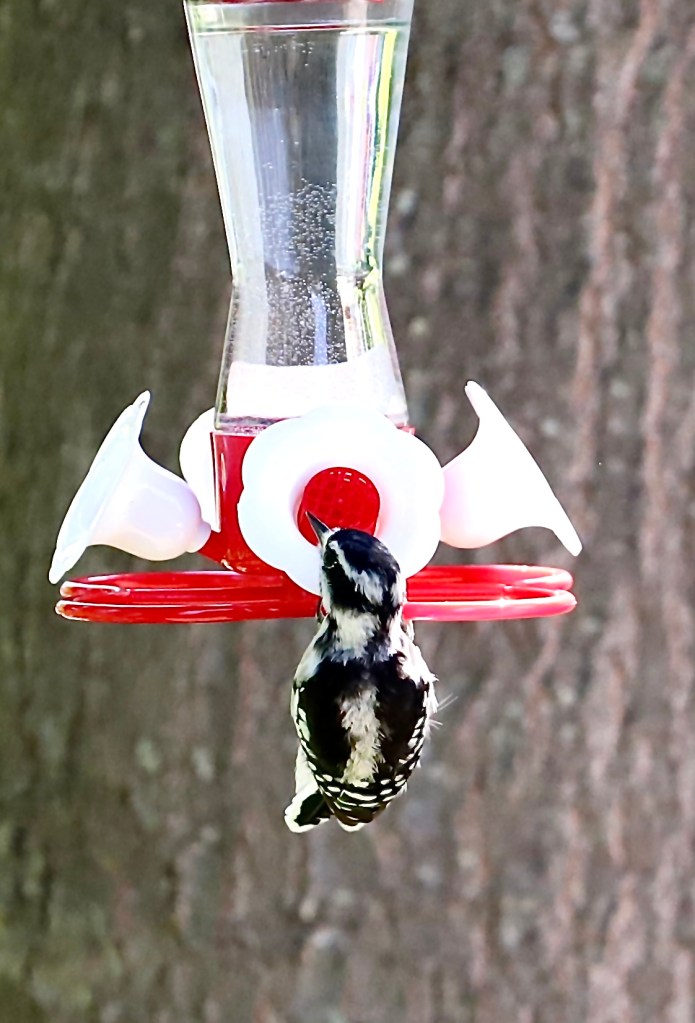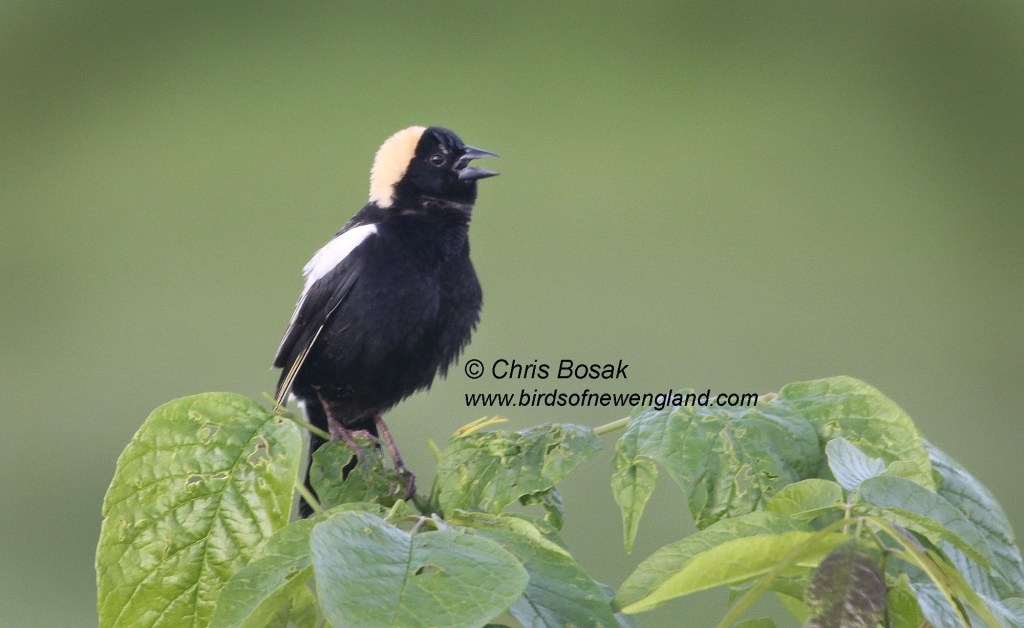
I settled on the back porch of my brother’s house in western Pennsylvania and watched the blue jays hunt for acorns in an oak tree.
Before I get into that, I wanted to acknowledge how exceptional the fall foliage has been this year. The conditions must have been just right. Oaks can sometimes go from green to burnt orange to brown quickly. This oak, and many others I’ve seen this fall, are a much brighter orange and the color is lingering longer before turning brown.
The blue jays would fly in from the surrounding areas and alight in this spectacular oak tree. The birds disappeared into the bright orange foliage and work at dislodging acorns. I couldn’t see the jays at work but the rustling of the leaves and branches let me know where they were.
Continue reading








